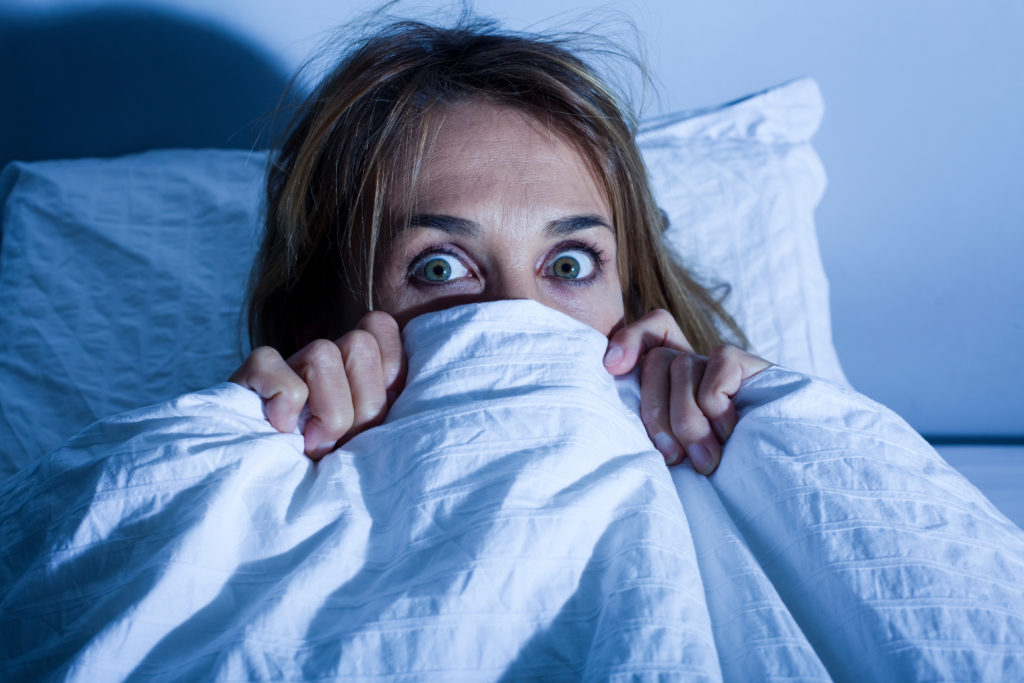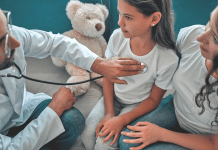 What are shingles?
What are shingles?
A common childhood viral infection is the culprit of shingles in adults. Varicella-zoster (VZV) is the virus that causes chickenpox during a primary infection when we are younger. With the availability of the VZV vaccine, however, most children are getting vaccinated {at 12-15 months and again at 4-6 years} and thus never have chickenpox {the primary infection}.
As adults, Herpes zoster, or shingles, occurs due to a reactivation of VZV that has been hanging around in our bodies since we had the primary infection in our childhood. I, for example, had chickenpox at age 16 and recently developed shingles at age 45! VZV lays in wait patiently in our sensory ganglia with the potential to develop into shingles at a later time. Sensory ganglia are structures that allow the central nervous system to receive sensory information, or sensations. Because the sensory ganglia are involved, shingles can be very painful and/or have tingling and itching. These symptoms may also start before the actual rash appears. I had all three!
Shingles are small, blister-like lesions in a rash-type pattern that occur only one side of the body {on the right or left side of the body and do not cross the midline of the body} along a dermatome. {Click here for more information on dermatomes and here for examples of the shingles rash}. Mine were on the right side of my body along dermatome C5 near my collar bone. The dermatomes involving the chest, abdomen and back are the most commonly affected areas. Symptoms of headache, fever, nausea and fatigue {i.e. flu-like symptoms} may also occur, but are not as common as the rash and pain. The rash typically lasts from 2-6 weeks; mine lasted about three weeks.
Who is more likely to get shingles?
You cannot get it unless you had chickenpox or the chickenpox vaccine in the past. In addition, there are some people who develop shingles after receiving the chickenpox vaccine. However, shingles that develop after having the vaccine are typically not as severe as shingles that develop after having chickenpox.
Typically, people who are immunocompromised {i.e people who have an impaired immune system} for any number of reasons are more susceptible to having a reactivation of VZV and subsequently developing shingles. Examples of risk factors for shingles include the following:
Age–This is the most important risk factor. People over age 50 have the most cases of shingles. Those people over age 50 who develop shingles are also more likely to develop complications.
Stress–People under high amounts of stress are more likely to develop shingles. Stress can compromise your immune system and allow the VZV that has been hanging out in your body all those years to reactivate. Stress definitely played a large role for me!
Immunocompromised individuals–Examples of immunocompromised individuals include transplant recipients, people receiving chemotherapy or steroids, people with leukemia or lymphoma and those with HIV. As with older age, this group is also more likely to develop complications.
Autoimmune disease–Examples of autoimmune diseases {an illness that causes the immune system to produce antibodies that attack normal body tissues} are inflammatory bowel disease, rheumatoid arthritis, and lupus. These individuals are also more susceptible to developing shingles because they are immunocompromised and also due to the medications they need to take based on the severity of their disease.
Gender–Women are more likely to get shingles…that’s me!
Can I get the virus more than once?
Thankfully, most people only get shingles once. If you get it more than once, additional testing may be necessary.
If I have shingles, can I give shingles or chickenpox to someone who has never had either?
Someone who has never had chickenpox {i.e. VZV primary infection} or the chickenpox vaccine can get chickenpox from a person who has shingles through direct contact of the fluid contained in the actual blisters. Persons with shingles are only contagious when the blisters are present. It is not contagious before the blisters appear and after they are “crusted over”. A person is less likely to get chickenpox after exposure to someone who has shingles than after exposure to someone who has chickenpox. In other words, shingles is less contagious. Finally, it is less likely for you to give someone the virus if the rash is covered, even if blisters are still present.
If you have shingles, it is very important that your rash not be in direct contact with someone who is pregnant {see below for more information}.
My two-year-old twins had the chickenpox vaccine so them getting chickenpox from my shingles was much less likely. In addition, I kept my rash covered at all times just in case.
What if I am pregnant and someone I know has shingles?
If you have never had chickenpox or the vaccine, you should have no direct contact with someone who has shingles. If you live with that person, he/she should cover their lesions and you should still avoid direct contact as much as possible. If you think you have been exposed, you should contact your obstetrical care provider.
A pregnant woman who has never had chickenpox or the chickenpox vaccine should stay away from anyone who has chickenpox. Chickenpox is much more contagious and dangerous to the mother and unborn baby. If you think you have been exposed or have chickenpox, contact your obstetrical care provider immediately. Don’t just show up on labor and delivery or the OB office. Call first so they can find a separate area for you to wait or be examined in. We try our best not to expose any other pregnant women who may have never had chickenpox or the chickenpox vaccine.
How are shingles diagnosed?
In an otherwise healthy person, shingles are diagnosed based on examination, location, and having a rash of painful, small blisters. This was how I was diagnosed. It can be more difficult to diagnose in immunocompromised individuals. In this case, laboratory testing will be done.
How are shingles treated?
While there is no cure, there are oral medications, or antivirals, that can be prescribed once shingles is diagnosed. These medications can shorten the number of days you have shingles, as well as decrease the severity of the shingles rash. Ideally, they should be started as soon as the rash appears. In those cases where the pain and itching is severe, interfering with daily activities or keeping you up at night, other medications may be prescribed. Examples include topical lidocaine or capsaicin patches, an injection of a steroids or local anesthetic, or oral anticonvulsants, tricyclic antidepressants, and narcotics. The medications prescribed are largely dependent on the severity of the pain and itching.
Finally, conservative treatments to help with the itching can be found here.
What are the potential complications ?
Unfortunately, the potential complications and long-term effects of shingles are numerous, but are less likely the younger and healthier you are. I did not have any complications.
Good news! There is a vaccination!
Individuals over age 50 or 60 {depending on the specific vaccine} are candidates for the vaccination based on age alone. The vaccine decreases the risk of getting shingles and some complications. It does not matter if you have ever had chickenpox or shingles in the past—you can still get the vaccine. There are two types of vaccines available. Your doctor can discuss your options with you. Finally, the vaccine cannot and does not treat anyone who actively has shingles.
















